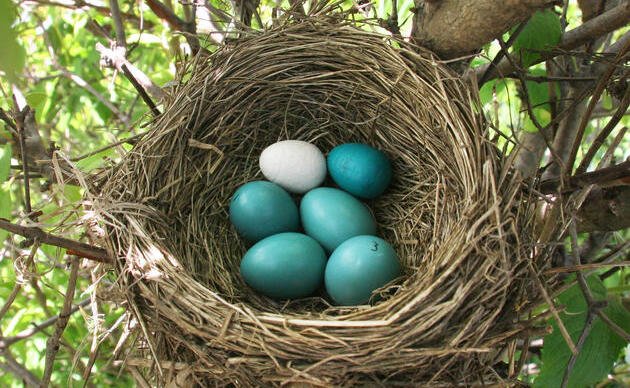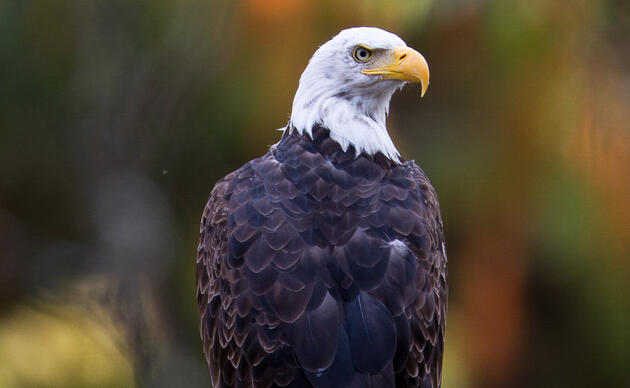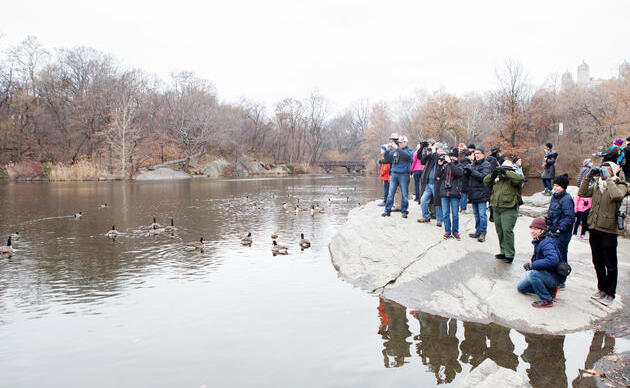Nesting populations of American White Pelicans have increased dramatically in the eastern portion of its summer range in recent decades, but the climate space for summering range is forecast to shift dramatically northward and contract for the future.
Also, most of the world’s American White Pelicans winter in Mexico, and while Audubon's climate model predicts that the species’ winter range in the U.S. will be likely able to expand and shift northward, further research is needed for a better understanding of whether American White Pelicans may be able to adapt to the shifting available winter range or take advantage of the changing climate suitability for the species as a whole.
Each map is a visual guide to where a particular bird species may find the climate conditions it needs to survive in the future. We call this the bird's "climatic range."
The colors indicate the season in which the bird may find suitable conditions-- blue for winter, yellow for summer (breeding), and green for where they overlap (indicating their presence year-round).
The darker the shaded area, the more likely it is the bird species will find suitable climate conditions to survive there.
The outline of the approximate current range for each season remains fixed in each frame, allowing you to compare how the range will expand, contract, or shift in the future.
The first frame of the animation shows where the bird can find a suitable climate today (based on data from 2000). The next three frames predict where this bird's suitable climate may shift in the future--one frame each for 2020, 2050, and 2080.




